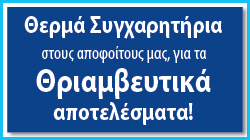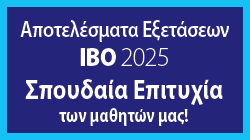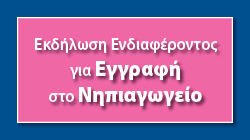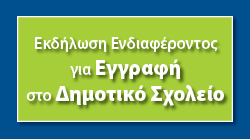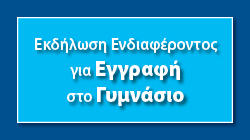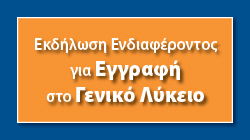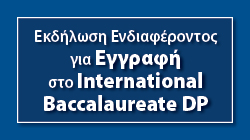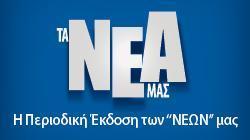Group 6: The Arts
• Visual Arts HL/SL
Visual Arts
There are three core areas of the new Visual Arts Syllabus.
These areas are: Communicating Visual arts, Visual arts in context, and Visual arts methods.
The students are encouraged to view various art eras and epochs through differing perspectives about culture, theories and art-making practices. They will also be able to write about (curatorial-practice) their own personal resolved and unresolved artworks as viewed through historical and current investigations of various cultures and their art-making practices.
There are three distinct assessment areas; two which are Externally assessed, and one is Internally assessed by the teacher.
Part 1: Comparative (cultural) study is worth 20% of the grade.
This component is Externally assessed and re-moderated.
Part 2: Process Portfolio is worth 40% of the overall grade.
This component is Externally assessed and re-moderated.
Part 3: Exhibition is worth 40% of the overall grade.
This component is Internally assessed and moderated.
A high quality of well-worked art is expected in both HL and SL categories. However, due to time constraints, HL candidates have to produce more work in their Process portfolios than SL candidates.
In the comparative study, they will produce the same amount of written work (10-15 ‘screens’), but HL students will submit 3-5 extra screens showing how their personal art making practice has been influenced by this study.
HL students will submit more resolved pieces (8-11 artworks) as opposed to SL (4-7 artworks) during the final Exhibition.




